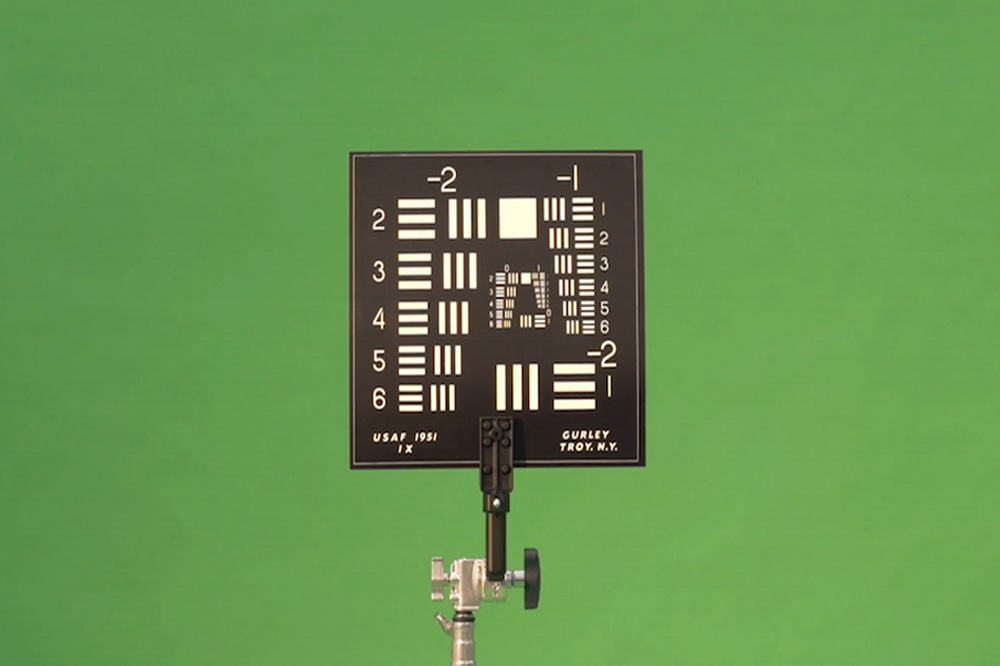Art or Artifice: The Role of Documentary in Contemporary Art
Digital exhibition

A resolution target featured in a still from Hito Steyerl, HOW NOT TO BE SEEN: A Fucking Didactic Educational .Mov File, 2013.
Beginning in the latter half of the 1990s through the 2000s and 2010s, the field of video-based contemporary art installations displayed an enormous increase in the application of documentary images. Emboldened by the depressed market for television-produced documentaries, filmmakers frequently diversified to making moving image art intended for exhibition within museum and gallery settings. This project analyzes three distinct methodologies from artists, researchers, and filmmakers from the past two decades that fall under the umbrella of the “documentary mode.” Chapter one is a monograph on artist Hito Steyerl that engages with close readings of her larger documentary project to parody our post-truth media environment; chapter two critiques the operational philosophy behind the human-rights research group, Forensic Architecture, and cautions of vigilante undercurrents in civil-society based investigatory practices; and chapter three taxonomizes the contemporary lecture performance by establishing a direct lineage to proto- and early-cinematic lecture practices, professionalized academization of the teaching artist, and historicizes it in the context of post-war performance art. I demonstrate how the formal elements and content of work by Hito Steyerl, Forensic Architecture, and Rabih Mroué present the possibility, or impossibility, to produce systematic knowledge about the world we live in. Ranging from near-nonsensical applications of quantum physics to detailed digital timestamping and cross-referencing to discursive lectures that inherit pedagogical and performative sensibilities, the examples found within this dissertation demonstrate a vast matrix of documentary practices and their application in the context of contemporary art. Throughout, this dissertation theorizes a shift in artistic production towards documentary images in the past two decades and provides a variety of viewpoints, both theoretical and practical, on the status of documentary shown within art contexts today. This project represents a timely contribution that holds resonance in the fields of media studies, contemporary art theory, and documentary studies.